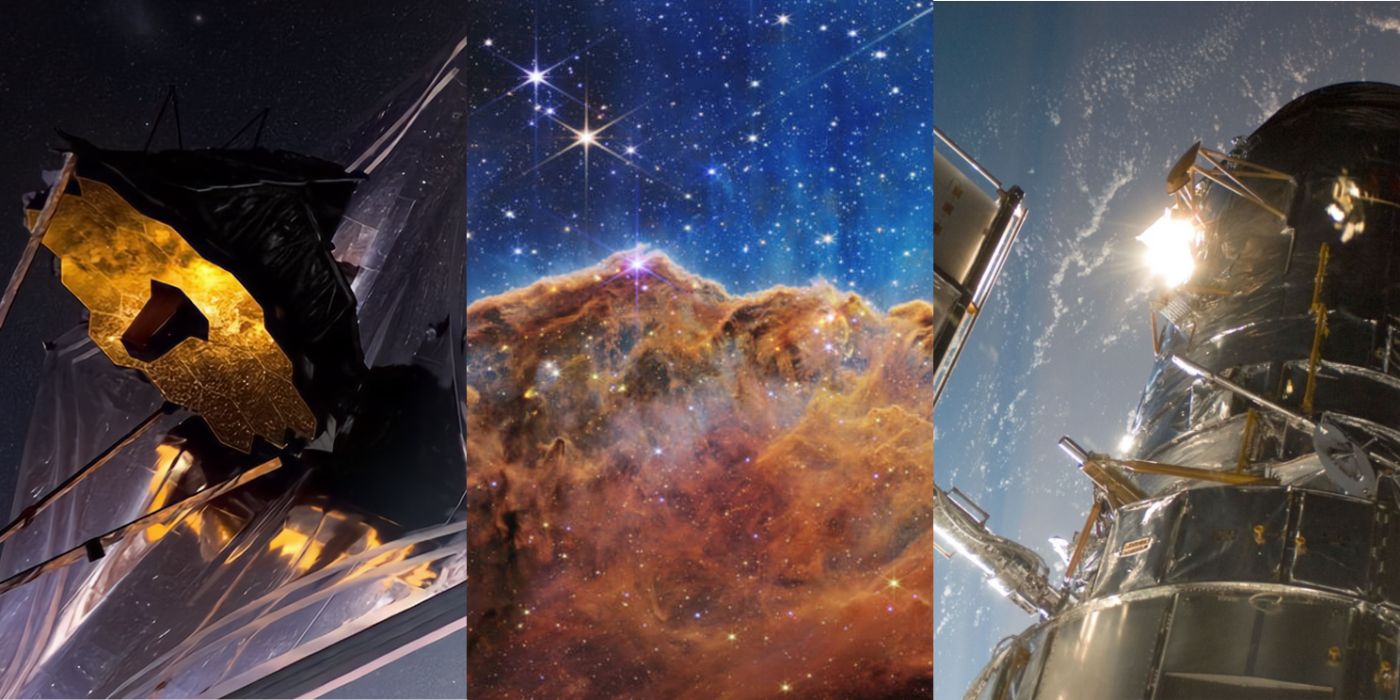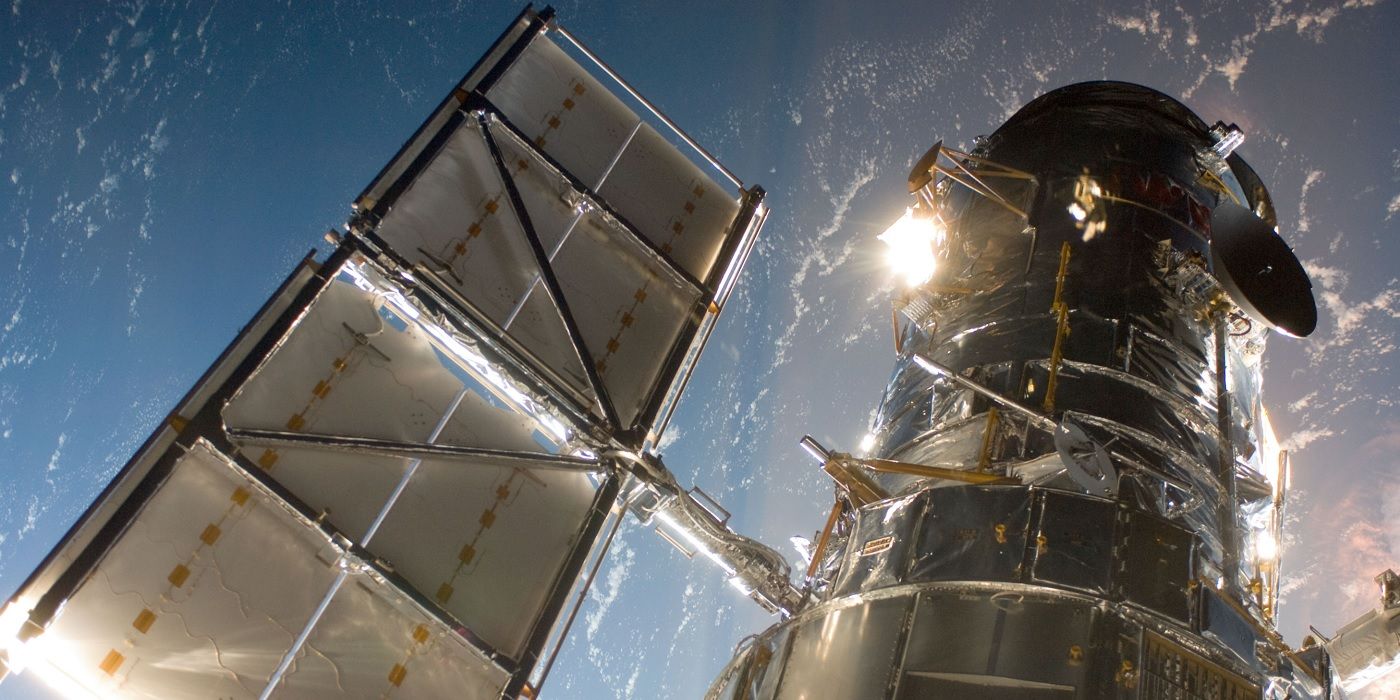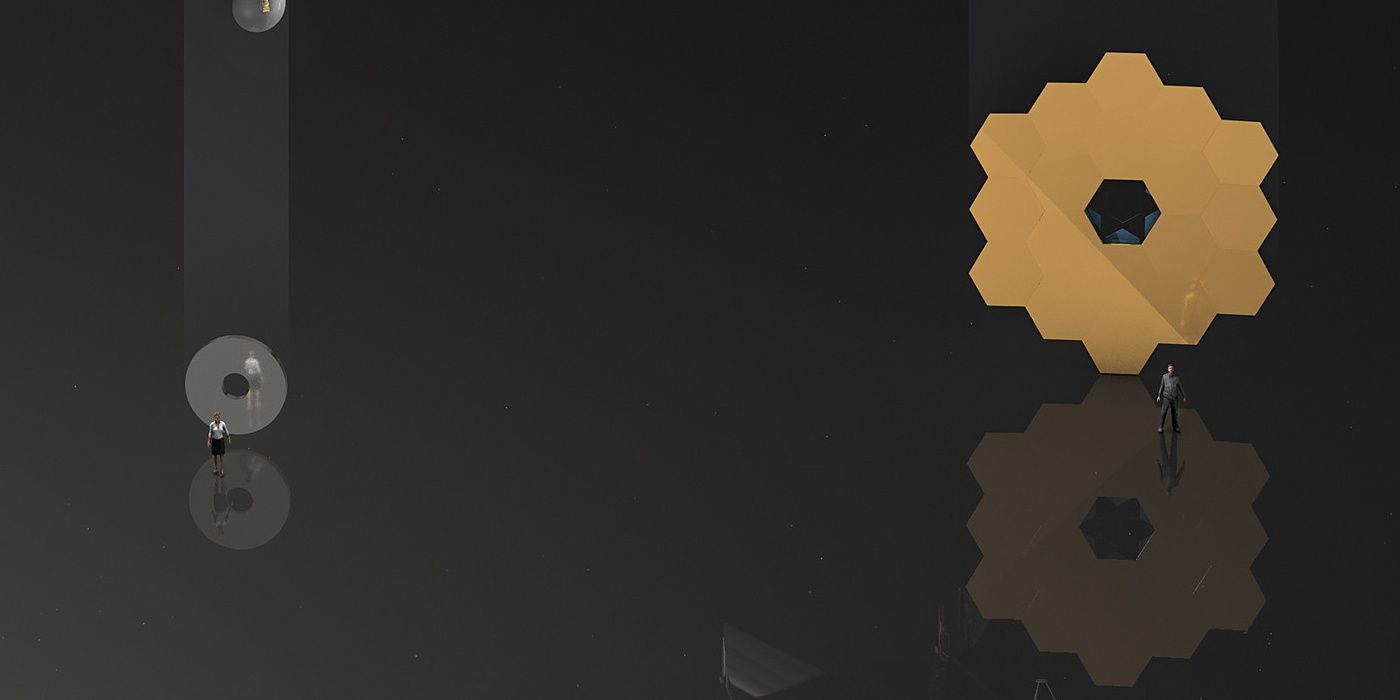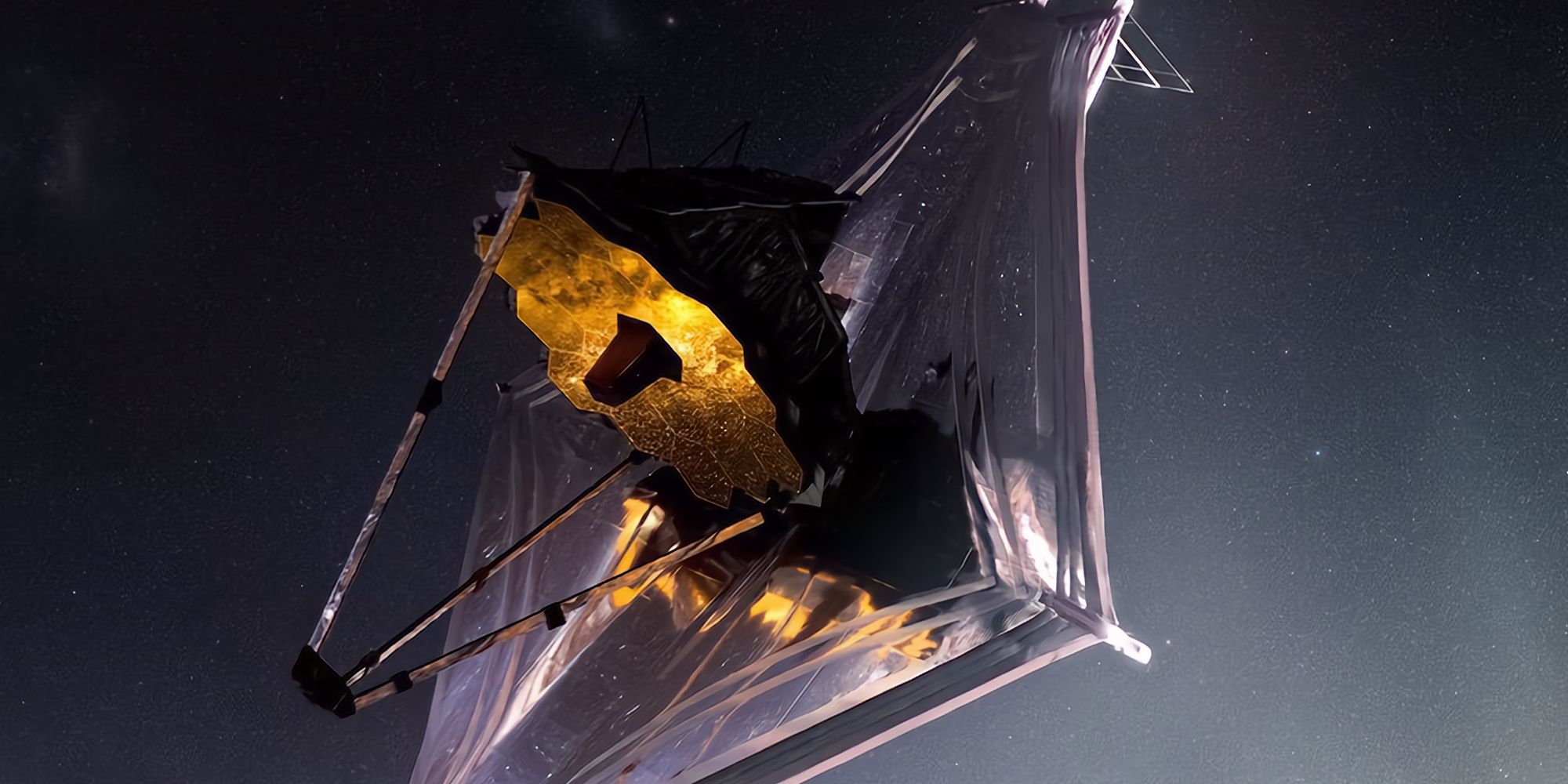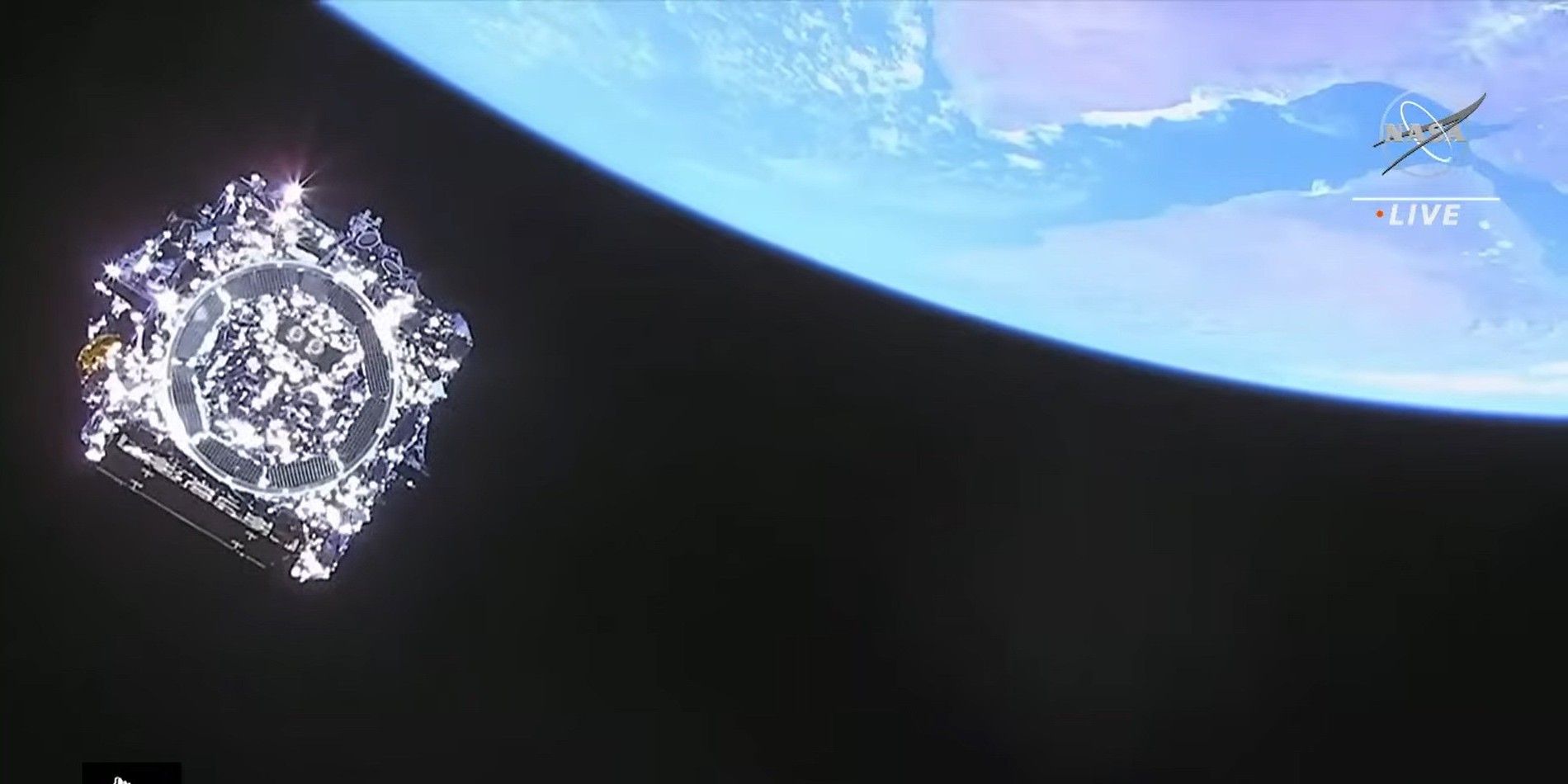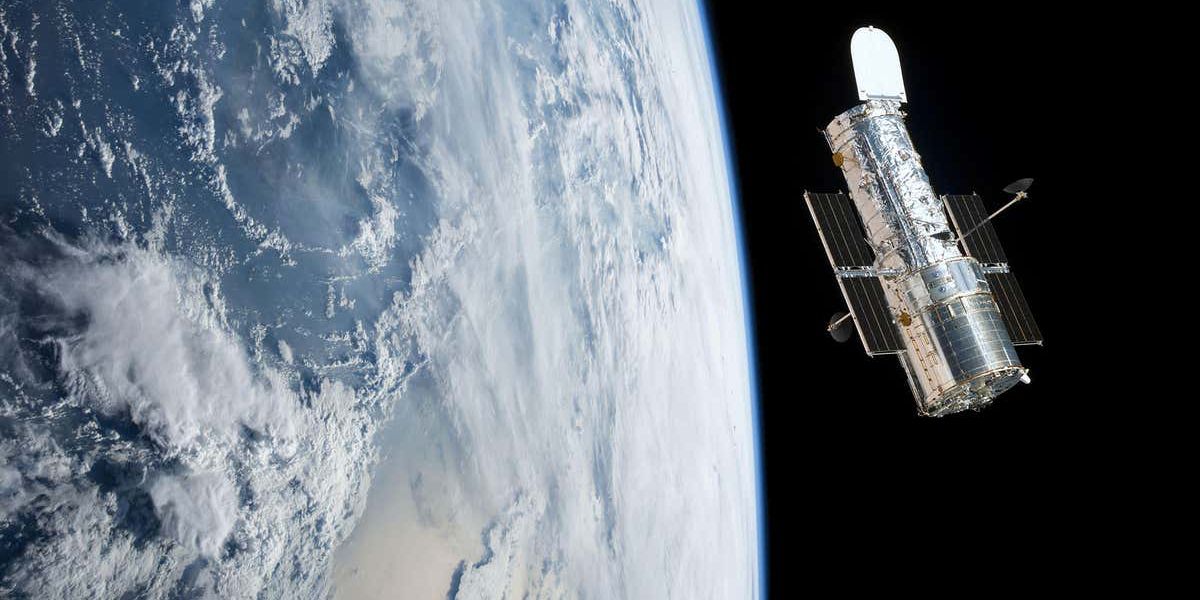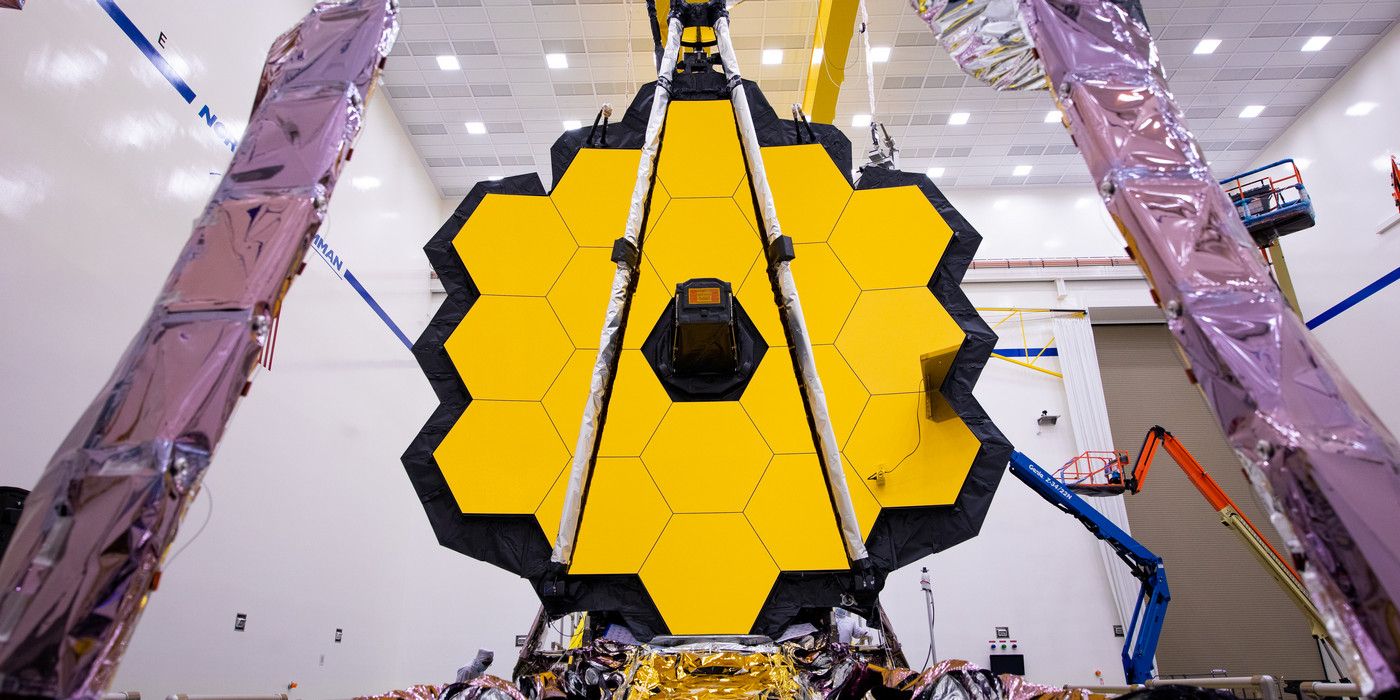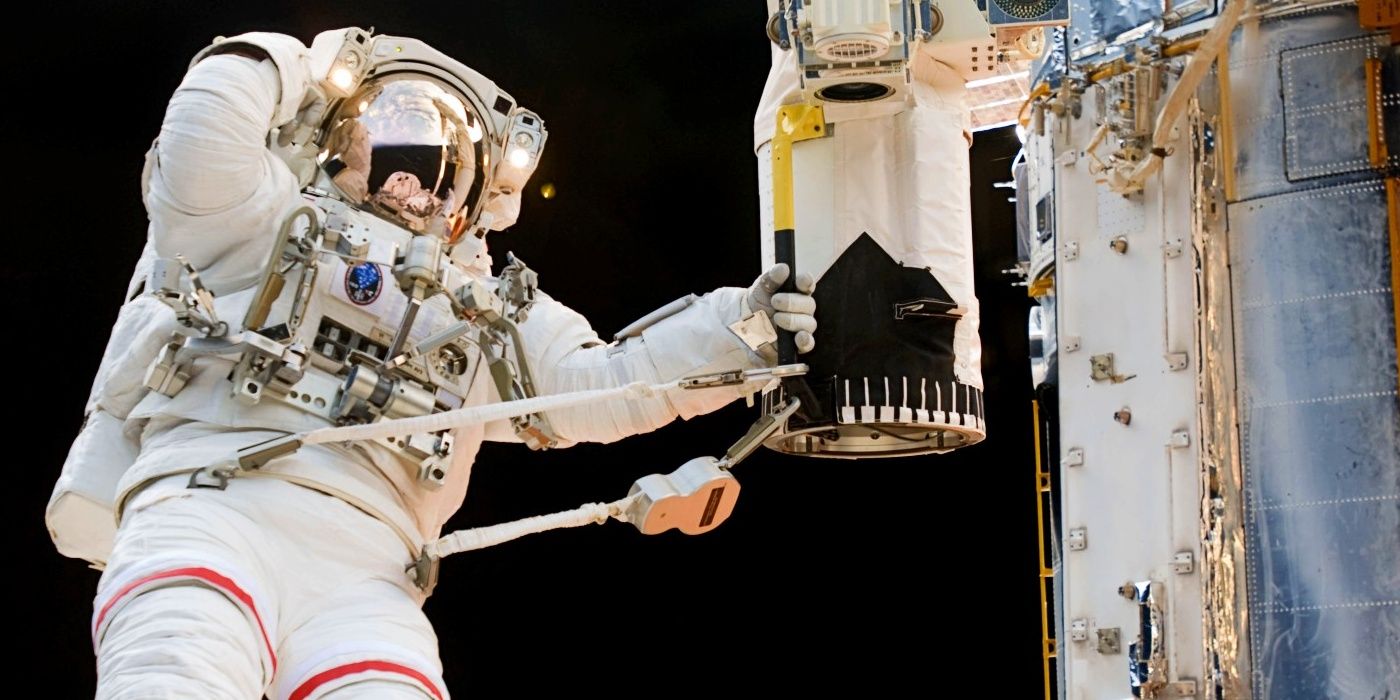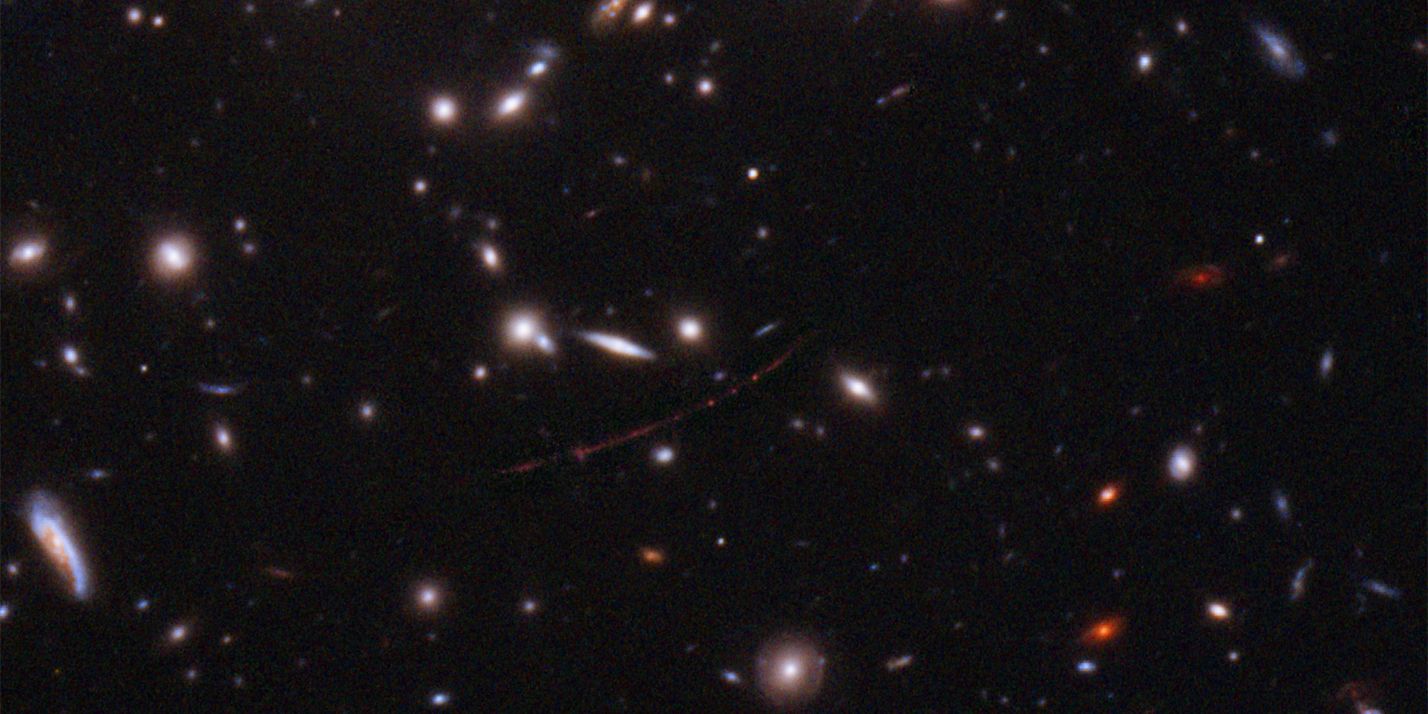NASA recently revealed the James Webb telescope's first images, and they are a wonder to view. The James Webb has been in orbit for nearly 8 months out of an expected 10 years, minimum. As NASA receives more images and intel from the telescope, it is clear that the James Webb is the most-developed scientific telescope in history, with its work being essential and unrivaled.
The James Webb telescope has some key differences and upgrades from its well-known predecessor, the Hubble Space Telescope. Improving on these differences, the James Webb has now enhanced abilities so that groundbreaking data retrieval from the still unknown cosmos is easier to extract.
Their Missions Are Different
The James Webb telescope represents the height of cosmic and scientific technology, so it makes sense why some would minimize the importance of the Hubble telescope. When comparing the two, it is fundamental to remember that both telescopes' missions are different.
While the Hubble Telescope's goal is to capture distant stars and galaxies, it remains close—in the earth's orbit. The two have been compared by NASA, and the James Webb telescope was always meant for long-term exposure and deep space capturing with hopes of retrieving data on galaxies set apart by lightyears upon lightyears.
The Hubble Telescope Specializes In Ultra-Violet Wavelength
Whereas the James Webb telescope specializes in infrared wavelength (longer than visible light's wavelength), the Hubble telescope specializes in ultra-violet wavelength (which is longer than visible light's wavelength), according to NASA.
For example, Predator, one of the best action movies for horror fans, features the main antagonist using infrared thermal vision to find its prey. The James Webb's use of infrared is far less sinister, however, in that its infrared technology enables it to capture more images from older galaxies.
The Hubble Telescope Has A Much Smaller Mirror Size
According to NASA specifications, the Hubble telescope's mirror is made of glass and coated in aluminum; it weighs nearly one ton (828 kg). The James Webb telescope's mirror, however, is comprised mostly of beryllium, a light but long-lasting substance, making the much larger mirror, much lighter, at 46 pounds (21 kg).
These mirrors are built distinctly to fit the telescopes' missions. They also show an obvious sign of the technological advancements that have been made over time. The James Webb's mirrors are much lighter, but have many more benefits.
The Hubble Telescope (Likely) Has A Longer Orbit Duration
The Hubble telescope was originally expected to have a mere 15-year low-earth orbit, but as it encroaches upon its 33rd year, Astronomy.com notes that it could have many more years left. This long duration is likely due to its servicing while in orbit as well as its relative safety closer to earth.
The James Webb telescope was sent much farther into space, with an expected 10-year orbit duration. After only eight months in space, there is no telling whether the James Webb will last its duration, or longer, as Hubble has.
Distance That The Telescopes Can See
The Hubble telescope has caught some incredible photos of space in its time. Despite these accomplishments, the James Webb's first images have blown away the competition concerning the span and detail of space. The James Webb's up-to-date structure allows for it to search far into deep space, supposedly back to "toddler galaxies" (according to NASA).
The James Webb's photos are essentially a step farther back in time; the farther the telescope can see, the older the light of a star or galaxy it finds is. It might have been a treasure trove of meme content, but the James Webb's first images are astounding.
The Hubble Telescope Remains In Low-Earth Orbit
A massive difference between the two space-science juggernauts is their placement. The Hubble has been in low-earth orbit for more than three decades, while the James Webb has already spent its first eight months outside of earth's orbit.
While the Hubble orbits nearly 570 km away from earth, the James Webb orbits over 1 million km away from earth; NASA notes these not as pros and cons, but simple differences. While the safety of Hubble remains a comfort for NASA, the James Webb risks much in order to capture greatness. Its orbit is much farther removed but will yield more groundbreaking results.
The James Webb Telescope Has Deeper Infrared Vision
While the Hubble is primarily ultra-violet vision, its infrared vision has made great developments in research before. Knowing this, NASA reports that the James Webb has been significantly front-loaded with infrared technology in order to capture more light and a better span of deep space.
With significantly more infrared vision, the James Webb is able to document the light of older galaxies and stars that the Hubble might not even register with its technology.
The Hubble Telescope Can Be Serviced In Space
Because of its low-earth orbit, the Hubble has been serviced by astronauts while still in orbit. While this may sound like a disadvantage for the James Webb at first, it is rather an asset. The James Webb is built in such a way that it does not require frequent servicing, and therefore does not need to stop its orbit in order to be updated.
The James Webb won't conjure up inspiration for great two-character movies like Gravity, because it won't need specialized space missions to keep it intact. But its lifespan and autonomy are signs of a more developed and sufficient telescope.
The James Webb Telescope Can See Some Of The First Stars
Perhaps the coolest difference between the two telescopes is that, while Hubble has been able to capture awesome, lightyears-old galaxies, the James Webb is believed by NASA to have the ability to see some of the first galaxies and stars in existence. This is both a result of its mammoth mirror and light-capturing abilities, as well as its duration in space.
The James Webb's technology and findings could be inspiration for another great, realistic movie about space travel. Until then, the people of the earth will have to settle for its incredible work in seeking out the first galaxies that our universe offered.

